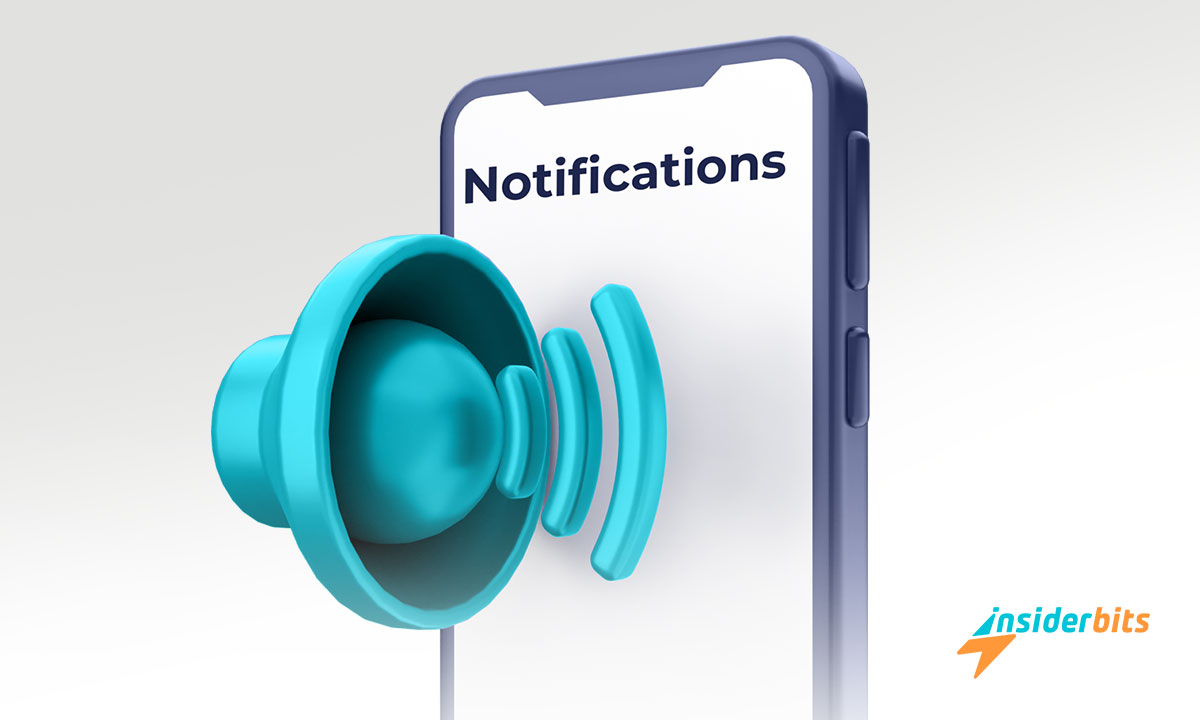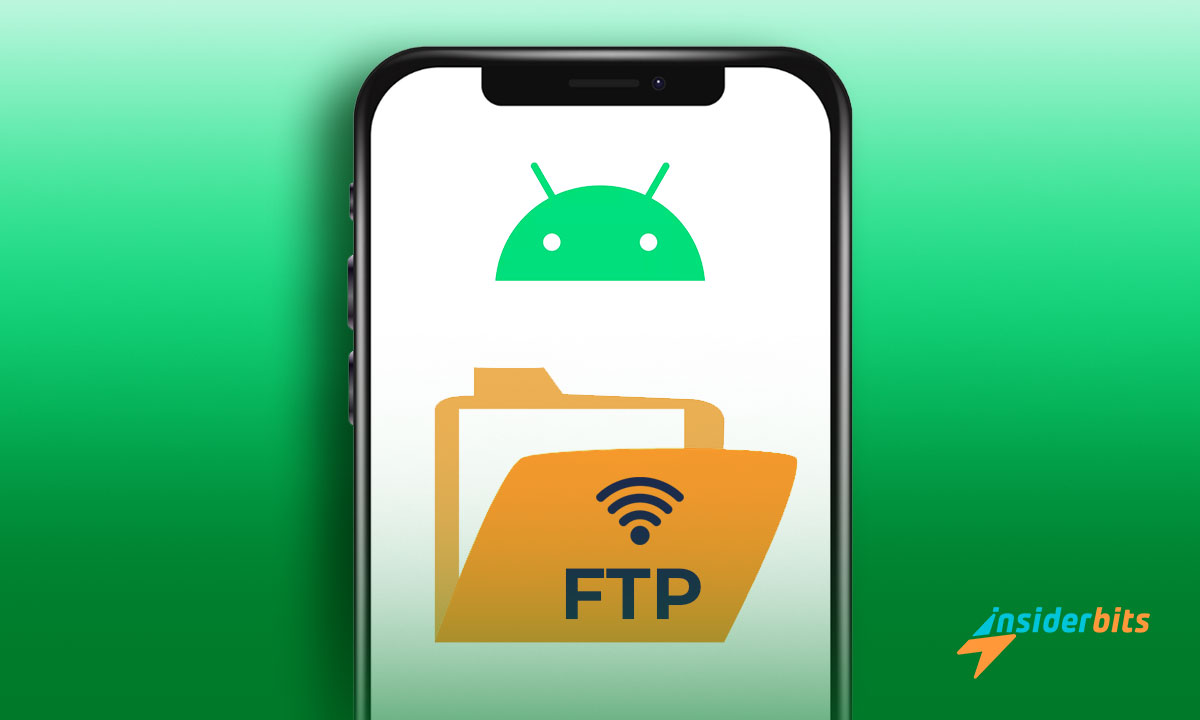스마트폰은 우리 생활에서 없어서는 안 될 필수품이 되었으며 다양한 용도로 사용되고 있습니다. 하지만 스마트폰 사용이 증가함에 따라 데이터 유출 및 개인정보 침해의 위험도 함께 증가하고 있습니다.
개인정보와 데이터를 보호하는 방법 중 하나는 Android 디바이스에서 앱 권한을 관리하는 것입니다. 이 글에서는 인사이더비츠가 안드로이드에서 앱 권한을 관리하고 이해하는 방법에 대해 설명합니다.
다양한 유형의 권한, 권한의 작동 방식 및 변경 방법에 대해 살펴봅니다. 개발자든 사용자든 이 가이드는 Android의 앱 권한을 이해하는 데 도움이 될 것입니다.
Android의 앱 권한: 무엇인가요?
Android의 앱 권한은 앱이 기기의 특정 파일, 리소스 또는 데이터에 액세스하기 위해 요청하는 권한입니다. 이러한 권한은 민감한 정보에 대한 앱의 액세스를 제한하여 개인정보와 데이터를 보호하도록 설계되었습니다.
앱을 설치하면 화면의 메시지를 통해 앱이 요청하는 각 권한을 수락할지 묻는 메시지가 표시됩니다. 앱은 자동으로 권한을 부여할 수 없으며 사용자가 권한을 확인해야 합니다. 대부분의 Android 앱 권한은 설명이 필요 없지만 신체 센서, 캘린더, 통화 기록 및 카메라와 같은 다양한 유형의 권한이 있습니다.
나중에 언제든지 휴대폰의 설정 메뉴를 통해 돌아가서 기본 설정을 다시 조정할 수 있습니다.
안드로이드 앱 권한과 그 수준 이해하기
Android 앱 권한은 정상과 위험의 두 가지 수준으로 분류됩니다.
일반 권한은 사용자의 개인정보나 디바이스 작동에 중대한 위험을 초래하지 않는 권한을 말합니다. 이러한 권한은 시스템 자체에서 자동으로 부여되며 사용자는 이를 제어할 수 없습니다. 일반 권한의 예로는 인터넷 액세스, 네트워크 상태에 대한 액세스, 진동기에 대한 액세스 등이 있습니다.
반면에 위험한 권한은 사용자의 개인정보 또는 디바이스 작동에 잠재적으로 해를 끼칠 수 있는 권한을 말합니다. 이러한 권한은 사용자의 명시적인 동의가 있어야 부여할 수 있습니다. 위험한 권한의 예로는 카메라에 대한 액세스, 마이크에 대한 액세스, 사용자의 연락처에 대한 액세스 등이 있습니다.
Android에서 앱 권한을 관리, 검토 및 조정하는 방법 - 단계별 안내
권한을 확인하는 데는 권한에 따라 앱을 구성하거나 각 앱을 개별적으로 검사하는 두 가지 실용적인 옵션이 있습니다. 어느 쪽이든 권한 관리를 시작하려면 먼저 Android 설정 메뉴에 액세스하여 시작해야 합니다. 다음은 Android에서 앱 권한을 관리하는 단계입니다:
방법 1:
- 휴대폰에서 설정 앱을 엽니다.
- 앱을 클릭합니다.
- 관리하려는 앱을 선택한 다음 권한을 클릭합니다.
- 관리하려는 권한을 탭합니다.
- 마지막으로 아이콘을 드래그하여 권한을 허용할지 또는 허용하지 않을지 선택합니다.
방법 2:
- 휴대폰에서 설정 앱을 엽니다.
- 아래로 스크롤하여 개인정보 또는 권한 관리자를 선택합니다.
- 관리하려는 권한 아이콘을 탭합니다.
- 선택한 권한을 사용하는 모든 앱이 표시됩니다. 관리하려는 앱을 탭합니다.
- 아이콘을 탭하여 권한을 허용하거나 허용하지 않습니다.
다음 단계에 따라 Android에서 앱 권한을 관리, 검토 및 조정하여 개인정보와 데이터를 보호할 수 있습니다.
Android의 앱 권한 - 보안 및 개인정보 보호 문제
Android에서 특정 앱에 권한을 부여하면 보안 및 개인정보 보호에 영향을 미칠 수 있습니다. 앱 권한 모델은 앱이 사용자의 개인 정보나 센서 데이터와 같은 특정 민감한 리소스에 액세스하는 방법을 규제합니다.
예를 들어 앱에 카메라 권한을 부여하면 앱이 사진을 찍고, 영상을 녹화하고, 동영상을 스트리밍할 수 있습니다. 마찬가지로 마이크 권한을 부여하면 앱이 오디오를 녹음할 수 있습니다.
따라서 개인정보와 데이터를 보호하려면 Android에서 앱 권한을 검토하고 관리하는 것이 필수적입니다. 따라서 사용자는 앱에 권한을 부여할 때 신중을 기해야 하며 앱의 기능에 필요한 권한만 부여해야 합니다.
또한 개발자가 보안 취약점 및 버그 수정을 위한 업데이트를 자주 출시하므로 앱을 최신 버전으로 업데이트하는 것이 좋습니다.
Android에서 앱 권한을 관리하고 이해하는 방법 - 결론
결론적으로, Android에서 앱 권한을 관리하고 이해하는 것은 개인정보와 데이터를 보호하는 데 매우 중요합니다. 정기적으로 권한을 확인하고 조정함으로써 사용자는 앱 기능과 보안 문제 사이의 균형을 맞출 수 있습니다.
앱을 신중하게 선택하고 권한을 현명하게 부여하면 디지털 보안이 강화됩니다. 이러한 모범 사례를 따르면 Android 앱을 사용하는 동안 개인정보와 데이터를 보호할 수 있습니다.
관련: 모바일에서 PC로 파일 전송을 통해 케이블 없이 파일을 컴퓨터로 전송하는 방법
이 글이 마음에 드셨나요? 인사이더비츠 블로그를 즐겨찾기에 추가하고 기술 등에 관한 새롭고 흥미로운 정보를 얻고 싶을 때마다 방문해 주세요!





